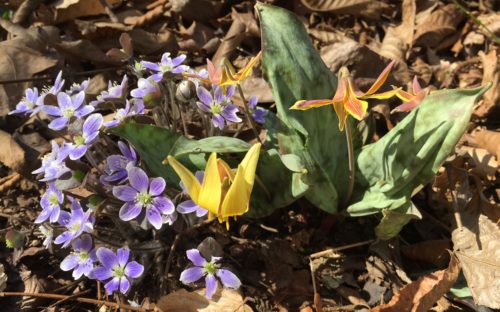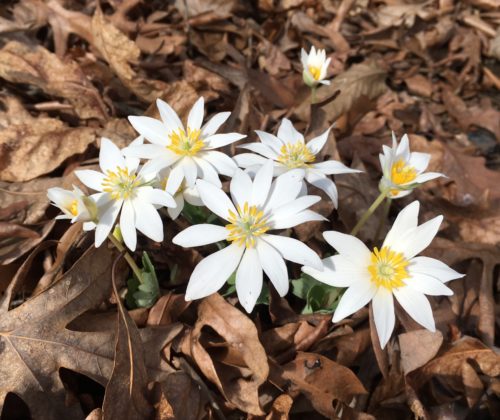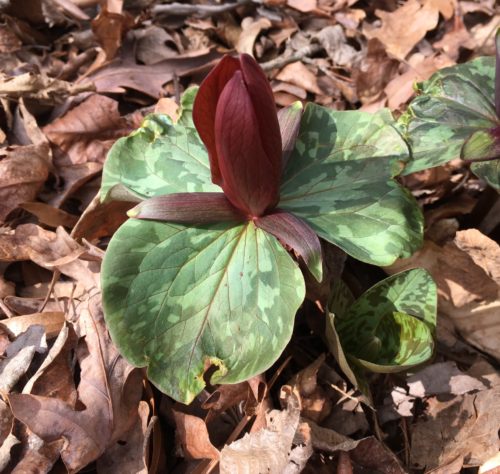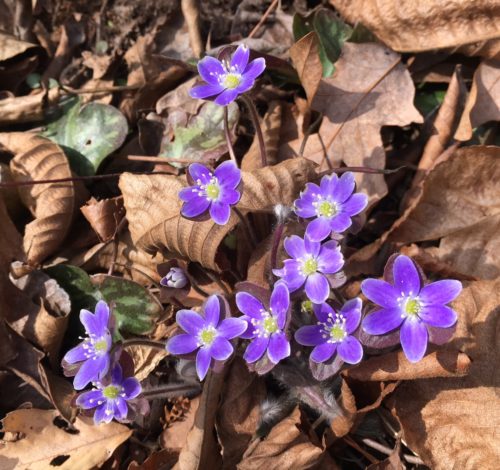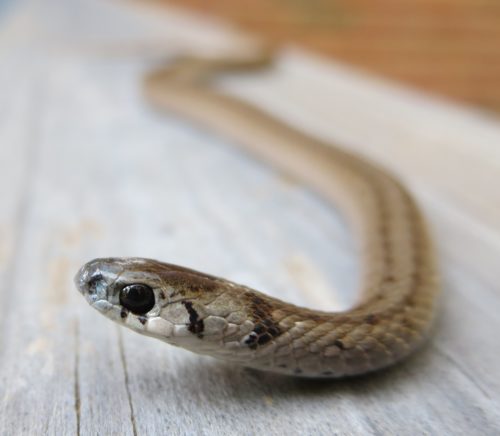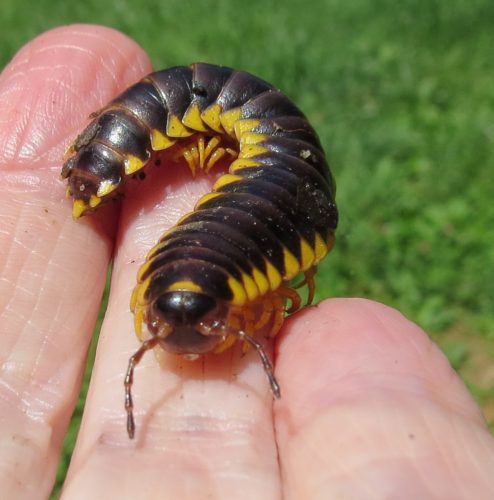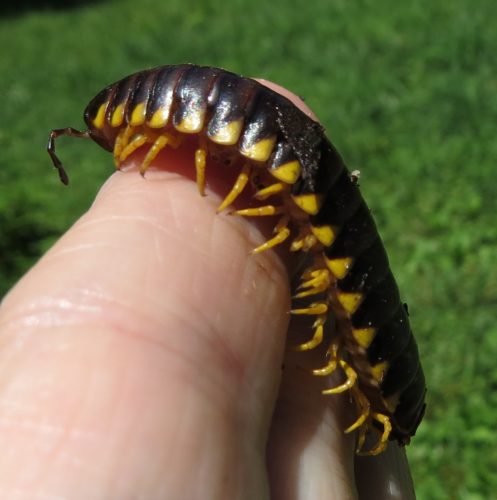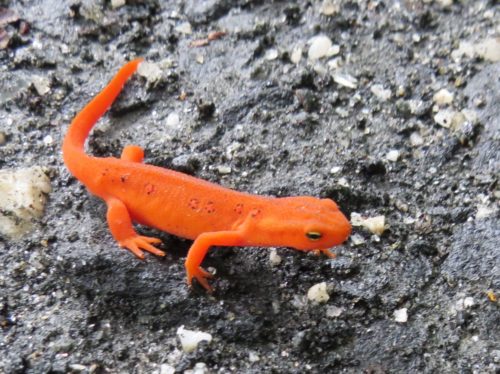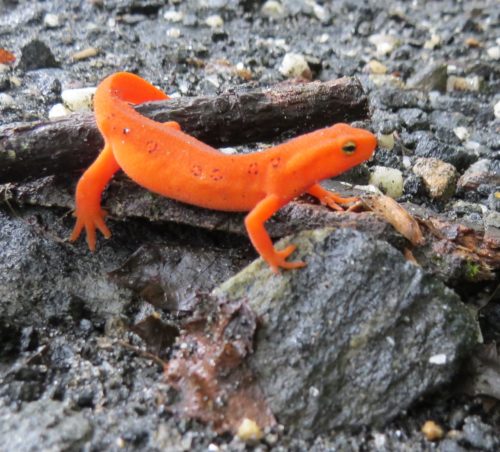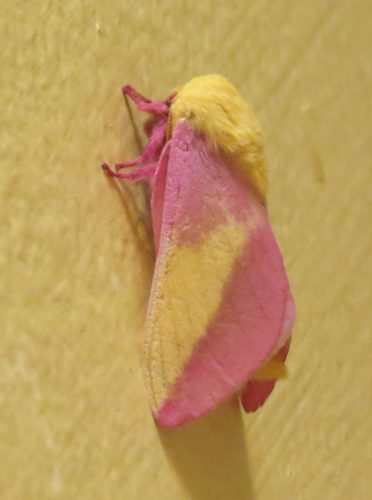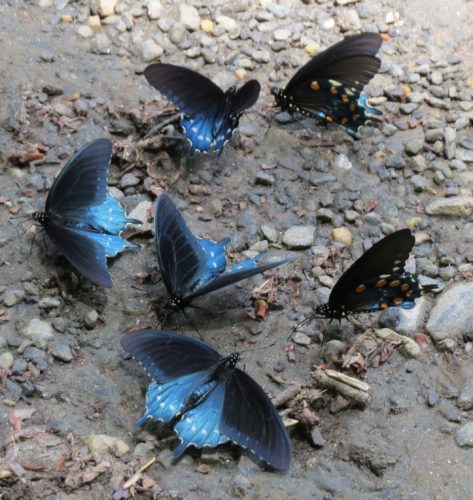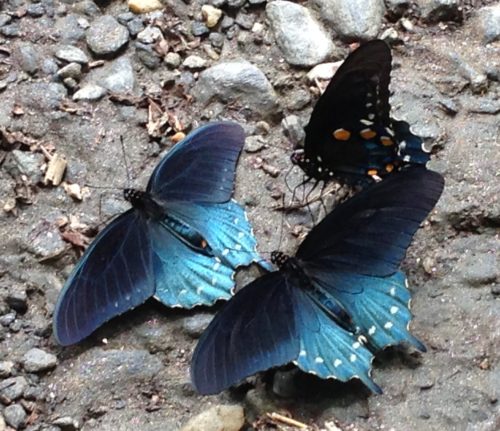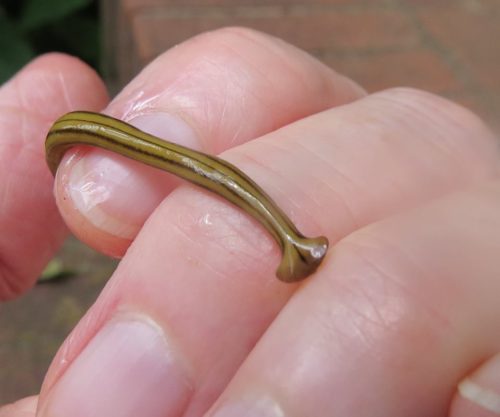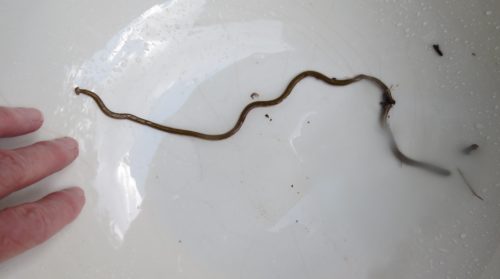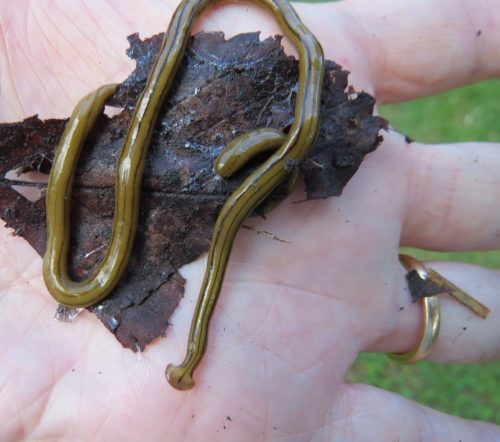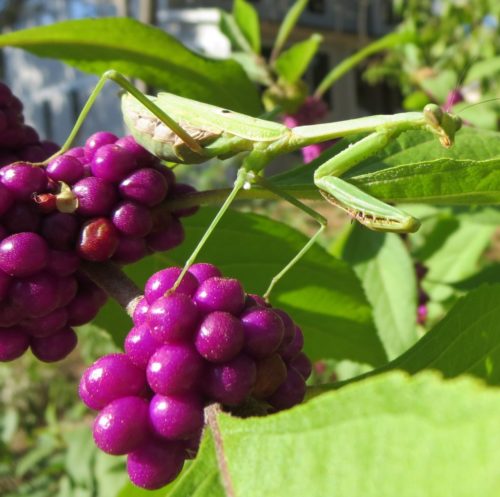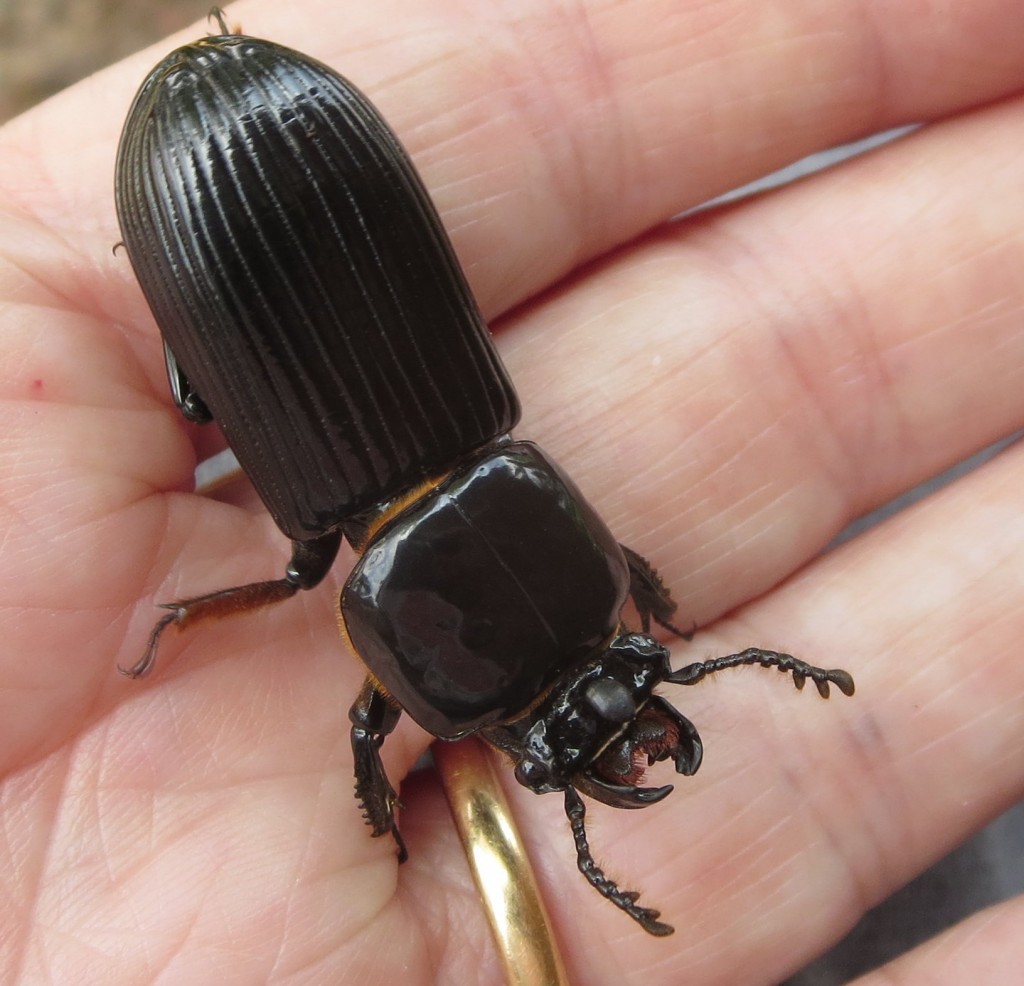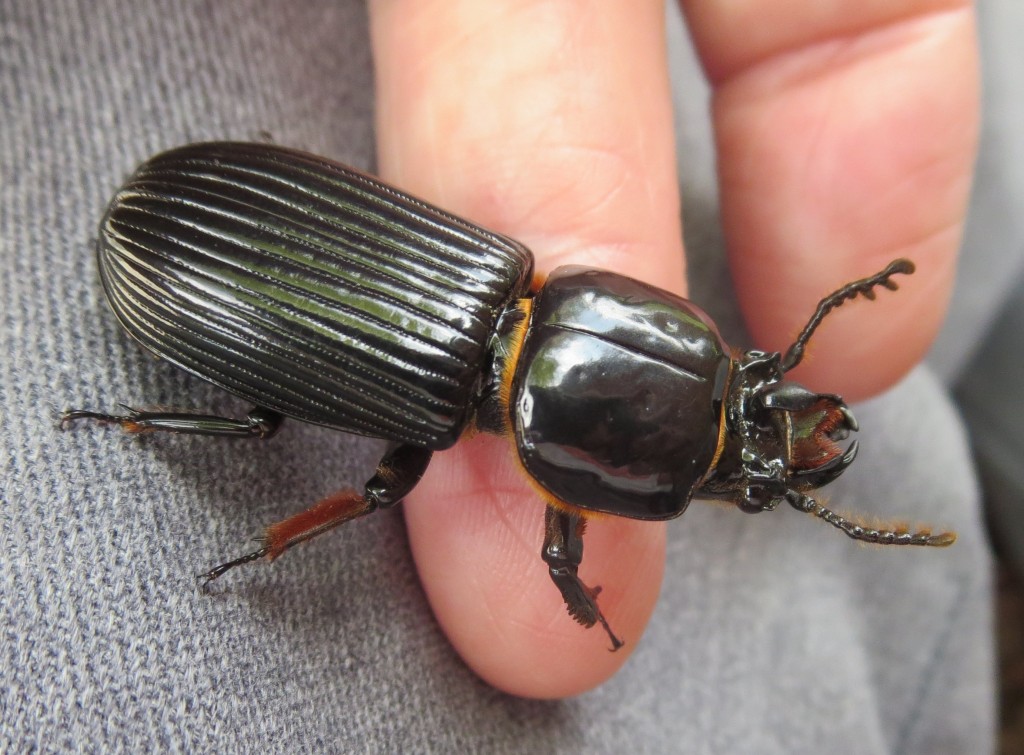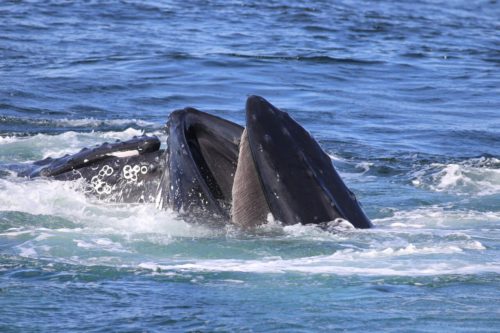
Two Humpback Whales engulfing fish off Cape Cod. You can see the baleen on the upper jaw of one. Photo by Alan Kneidel
I was thrilled – and baffled – last week, watching Humpback Whales just 100 feet away from our wildly rocking boat. With my son and husband, I was on a whale-watching trip to the Stellwagen Bank National Marine Sanctuary off the coast of Cape Cod. Great trip! But what in the world were the whales doing?
At first I was really happy just to see 3 or 4 Humpbacks and a calf swimming very near our boat and diving around with their flukes thrown into the air. The markings and scars on each Humpback’s fluke are so unique that they identify individuals, like our fingerprints.
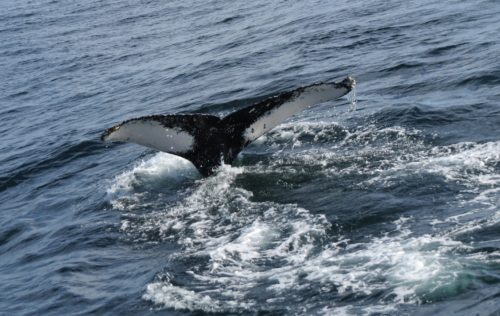
The pattern of markings on each whale’s fluke is unique. Photo by Alan Kneidel
But soon I realized the whales were engaged in a complex behavior that I didn’t understand. Here’s what I observed: periodically the 3-4 whales near our boat would submerge simultaneously and entirely disappear into the depths. Several minutes later someone would yell “Here come the bubbles!” or “Here come the whales!” and the water would turn pale blue from the huge number of bubbles rising in a circular area maybe 75 feet wide. Then all of sudden the 3-4 whales swimming up from the depths would burst into the air, their mouths wide open. What the heck??
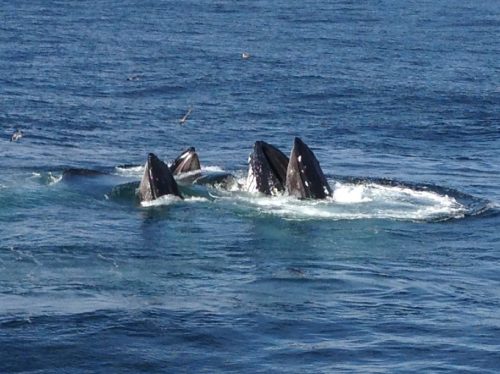
The whales burst to the surface together. My only usable phone pic.
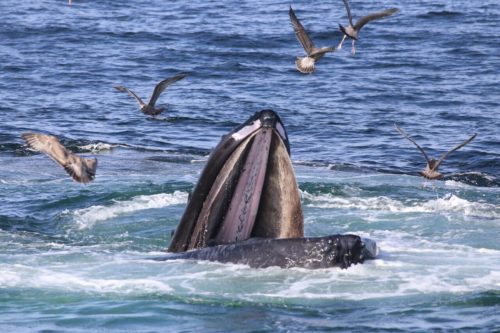
Amazing shot of the roof of the mouth of a Humpback Whale by Alan Kneidel
Turns out, the Humpbacks were cooperatively “bubble net feeding.” To do this (I learned), the whales submerge and swim in a shrinking circle blowing bubbles underneath a school of fish. The shrinking column of bubbles surrounds the fish (or in our case, sand eels) pushing them toward the surface. The whales then swam through the mass of fish with mouths open, the baleen “screen” in their mouths trapping the fish and allowing the water to flow out.
The whales went through that process probably 8 times during the 3 hours we were watching. My son Alan got lots of shots of wide-open mouths pointed skyward! It was an awe-inspiring sight! I struggled with my camera and phone to get pictures, but the tossing of the boat and the need to hold on to the rail made that a challenge. Very lucky I didn’t drop my phone in the ocean. Alan kindly agreed to let me post his pictures. Thank you Alan for planning such a fabulous wildlife experience!
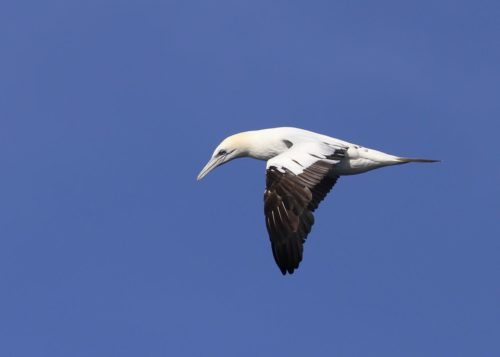
It was a great birding trip too for seldom-seen oceanic birds. Alan Kneidel took this crisp picture of a Gannet. Lots of birds were feeding on fish the whales brought to the surface.
Some populations of Humpbacks are endangered, but conservation efforts have helped somewhat. Check out this NOAA article for more info on Humpback conservation and continued threats to their survival such as climate change, ocean noise, and ship strikes.
Here’s an amazing video of Humpbacks in Alaska bubble net feeding, with underwater footage. Wow!
